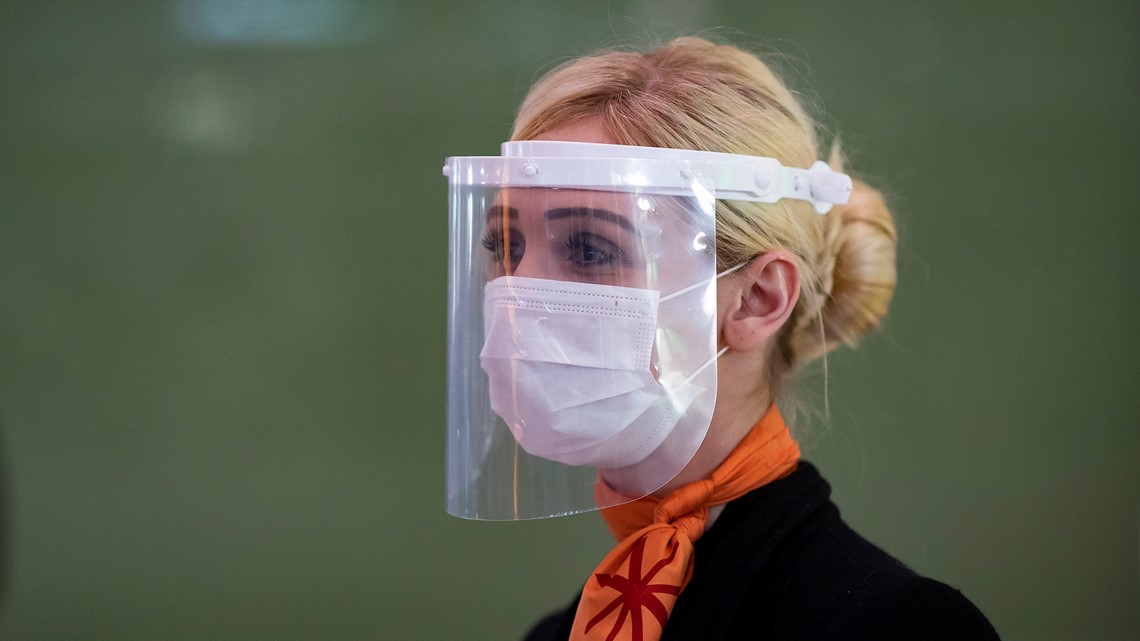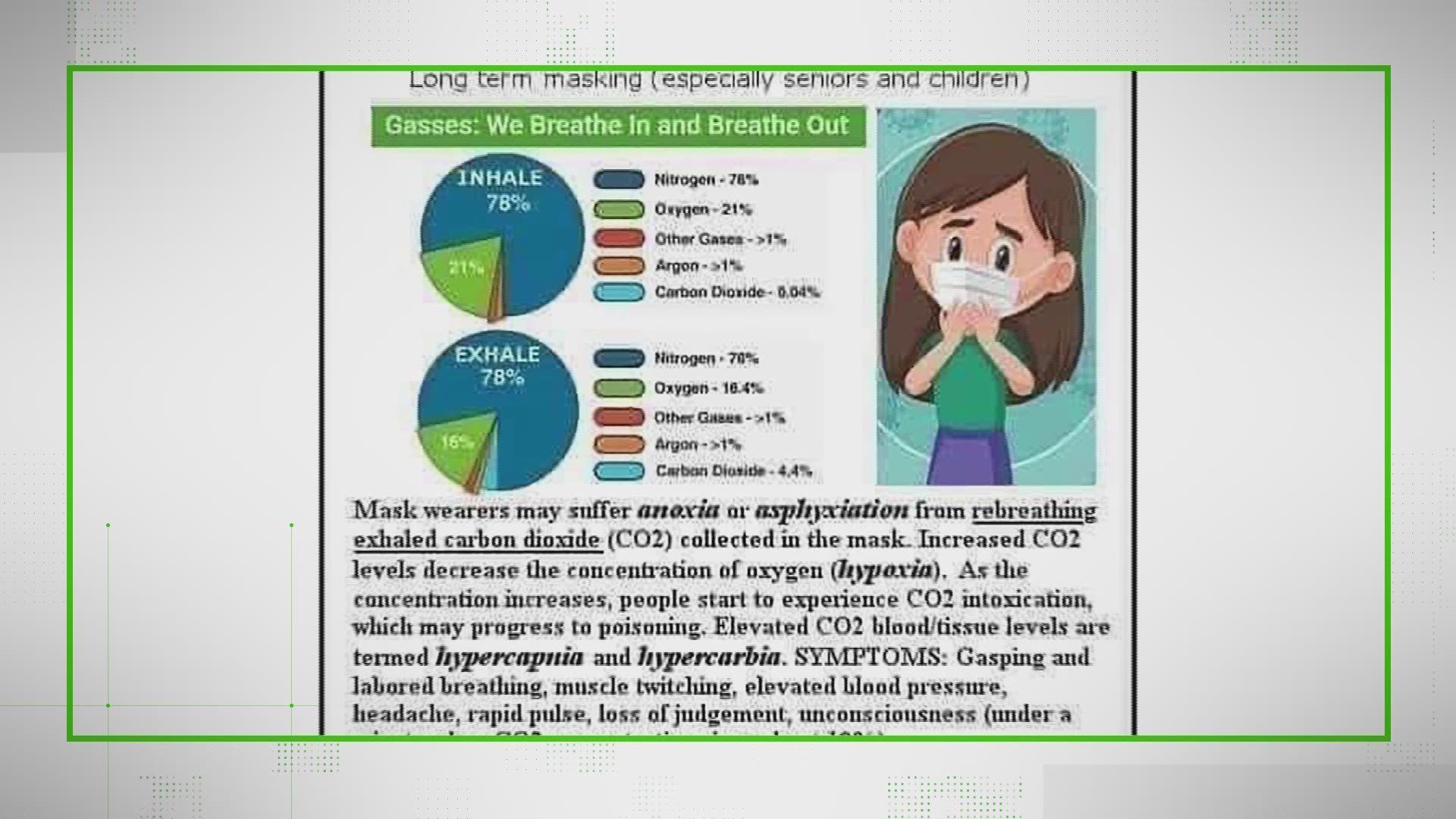A study from Europe suggests an repeating cycle of 50 days of strict lockdown followed by 30 days of relaxing of restrictions may be an effective strategy for keeping COVID-19 deaths down and keep damage to economies at a minimum. But fully relaxing restrictions could overrun hospitals and put the death toll in the millions.
Experts say a vaccine for coronavirus may still be a year away. Stay-at-home measures are aimed at slowing the spread of the virus, but have also contributed to 36 million Americans losing their jobs over the past two months. Pressure is on to get people working again while preventing a second wave of COVID-19. That's where the study authors say their rolling model comes in.
“This intermittent combination of strict social distancing, and a relatively relaxed period, with efficient testing, case isolation, contact tracing and shielding the vulnerable, may allow populations and their national economies to ‘breathe’ at intervals – a potential that might make this solution more sustainable, especially in resource-poor regions," said Dr. Rajiv Chowdhury, a global health epidemiologist at the UK's University of Cambridge.
The study, published in the European Journal of Epidemiology, looked at three scenarios in 16 countries across Africa, South and West Asia, Australia, Western Europe, North America and South America that vary in setting and income, according to Cambridge. The United States was not one of them.
The first model, which involved no lockdown measures, resulted in more COVID-19 patients than available intensive care units in nearly every country could handle. The study projected 7.8 million deaths in just those 16 countries, to say nothing of what the worldwide toll would be. The majority of the epidemic would last nearly 200 days in most of those countries.
The second scenario looked at a rolling plan of 50 days of mitigation measures -- which are not strict lockdowns -- followed by 30 days of relaxing. This cycle would be repeated.
"Such a strategy would be likely to reduce the R number (the number of people each infected individual goes on to infect) to 0.8 in all countries," Cambridge said.
But, even that wouldn't be enough to keep the number of ICU patients below the available capacity to treat them. The study says it would work for the first three months, but would ultimately result in 3.5 million deaths in those 16 countries and the pandemic could last 12 to 18 months, depending on the region.
The final model would be 50 days of strict lockdowns followed by 30 days of relaxing. This. again, would be repeated. The study found this would reduce the aforementioned "R number" to 0.5 and keep the ICU demand within the level all countries could handle. The upside is it would keep COVID-19 deaths across all 16 countries to 130,000, but it would extend the pandemic period beyond 18 months in all countries.
The researchers say these durations may have to vary based on what each country can handle.
“Our study provides a strategic option that countries can use to help control COVID-19 and delay the peak rate of infections. This should allow them to buy valuable time to shore up their health systems and increase efforts to develop new treatments or vaccines," said Professor Oscar Franco from the University of Bern in Switzerland.
The study's authors considered a strategy of three straight months of strict lockdowns. They also looked at looser mitigation rules that would last more than half a year. They said that while these would reduce new cases of COVID-19 to zero, they are unsustainable due to the effect on economies.
Franco says there is no simple answer.
"Countries – particularly low-income countries – will have to weigh up the dilemma of preventing COVID-19 related deaths and public health system failure with the long-term economic collapse and hardship.” he said.



